Perched atop cliffs over 50 meters (164 feet) high, Daulatabad Fort is a masterpiece of strategic design and ancient engineering. Built in the 12th century by the Yadava dynasty, the fortress ingeniously combined natural defenses with architectural brilliance to create an unassailable stronghold.
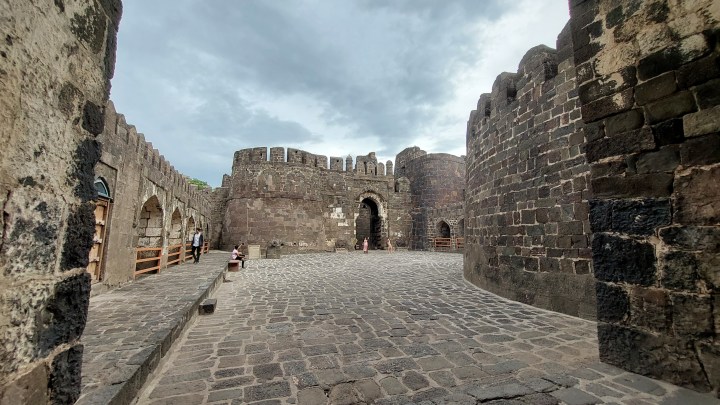
Unmatched Strategic Design
Access to the fort was restricted to a narrow bridge, allowing only two people to cross side by side. This chokepoint effectively neutralized the advantage of large armies. Beyond the bridge, a labyrinth of curved walls, false doors, and dead ends disoriented intruders, leaving them vulnerable to attack.
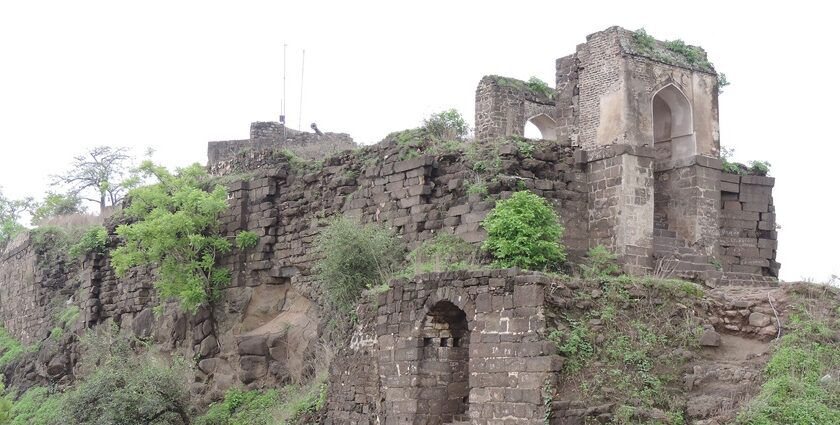
Formidable Defensive Features
Encircling the fort was a water-filled moat, historically believed to house crocodiles, adding a deadly layer of protection. The sheer vertical cliffs, carved from the hill’s natural contours, made scaling the walls nearly impossible, reinforcing the fortress’s defenses.
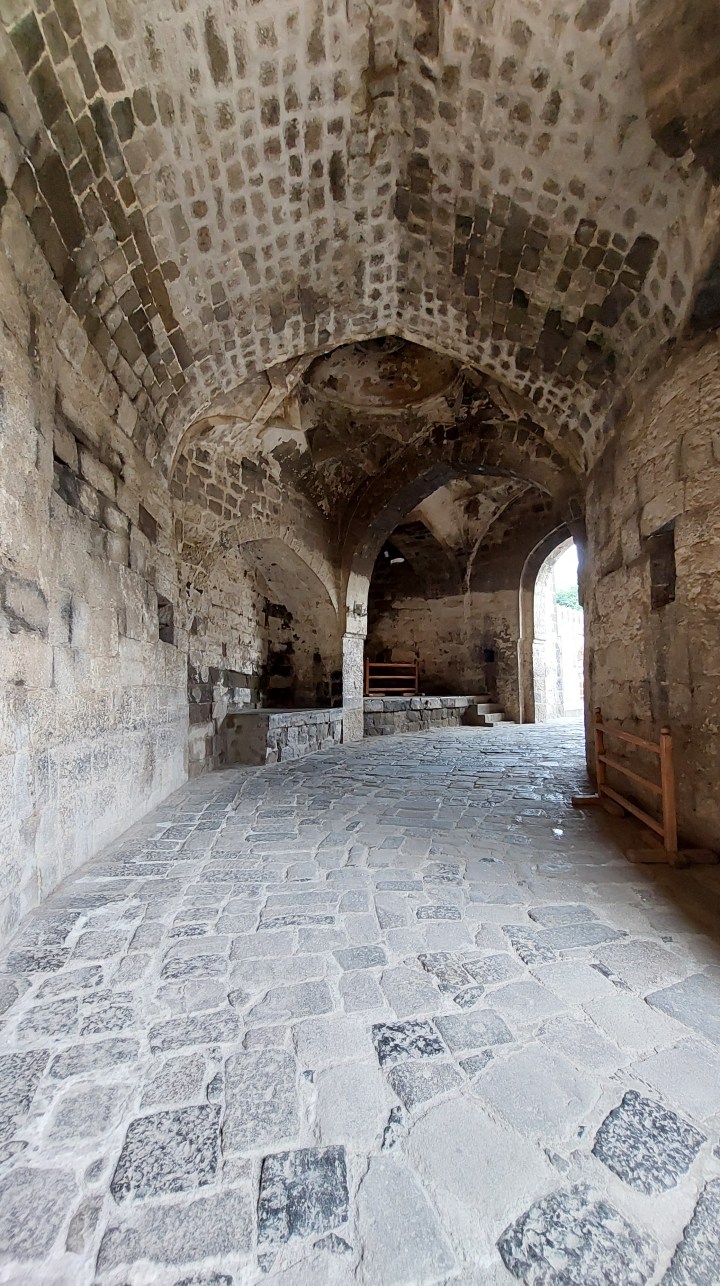
A Legacy of Adaptation
Daulatabad Fort evolved under successive rulers, including the Khilji dynasty and Muhammad bin Tughlaq, who fortified its structures and added hidden reservoirs and reinforced bastions. Tughlaq’s decision to briefly make Daulatabad his capital underscored the fort’s strategic importance.
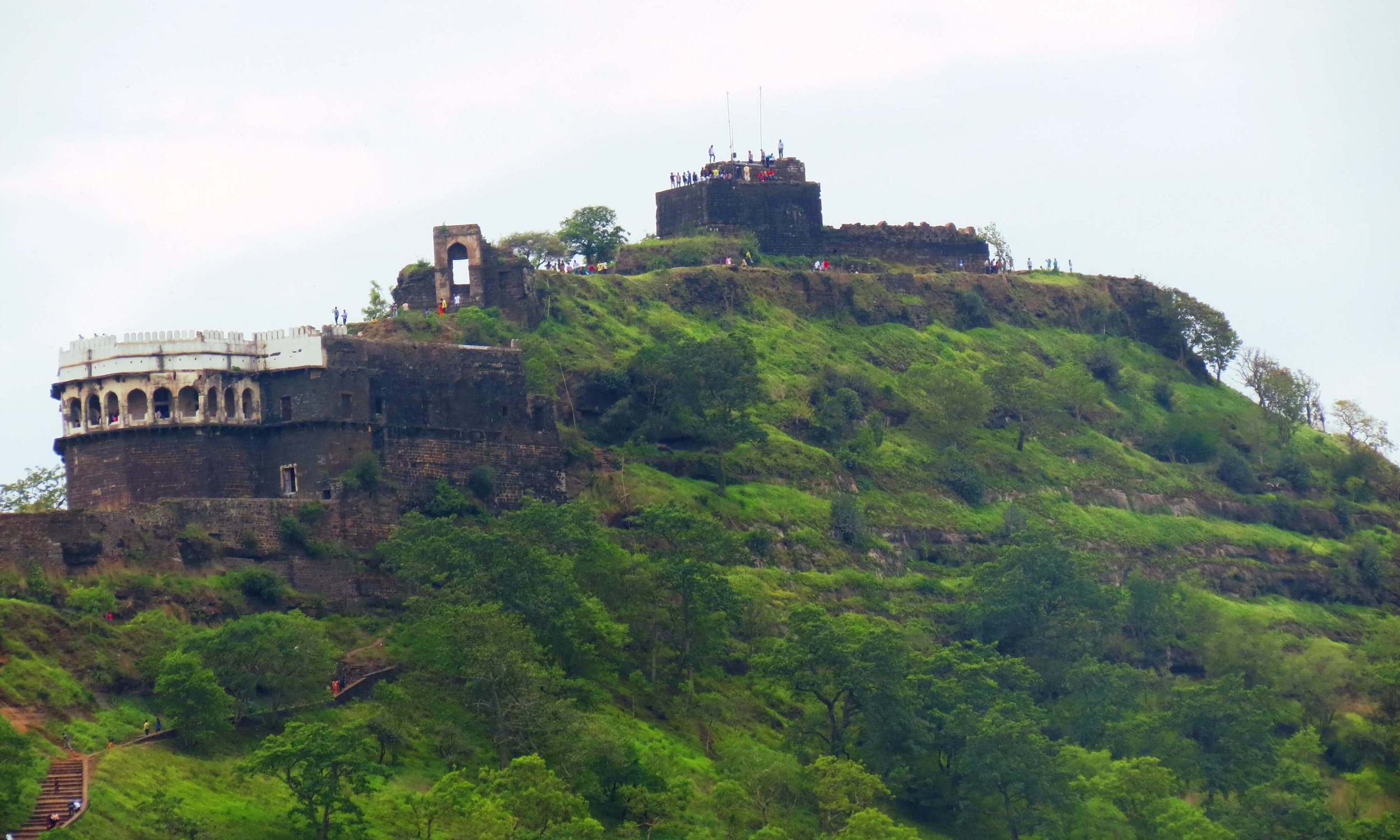
Enduring Symbol of Ingenuity
Daulatabad Fort stands as a testament to the brilliance of its creators, blending natural advantages with cutting-edge military architecture. Its enduring strength and complex defenses continue to inspire awe, making it a landmark of resilience and innovation.
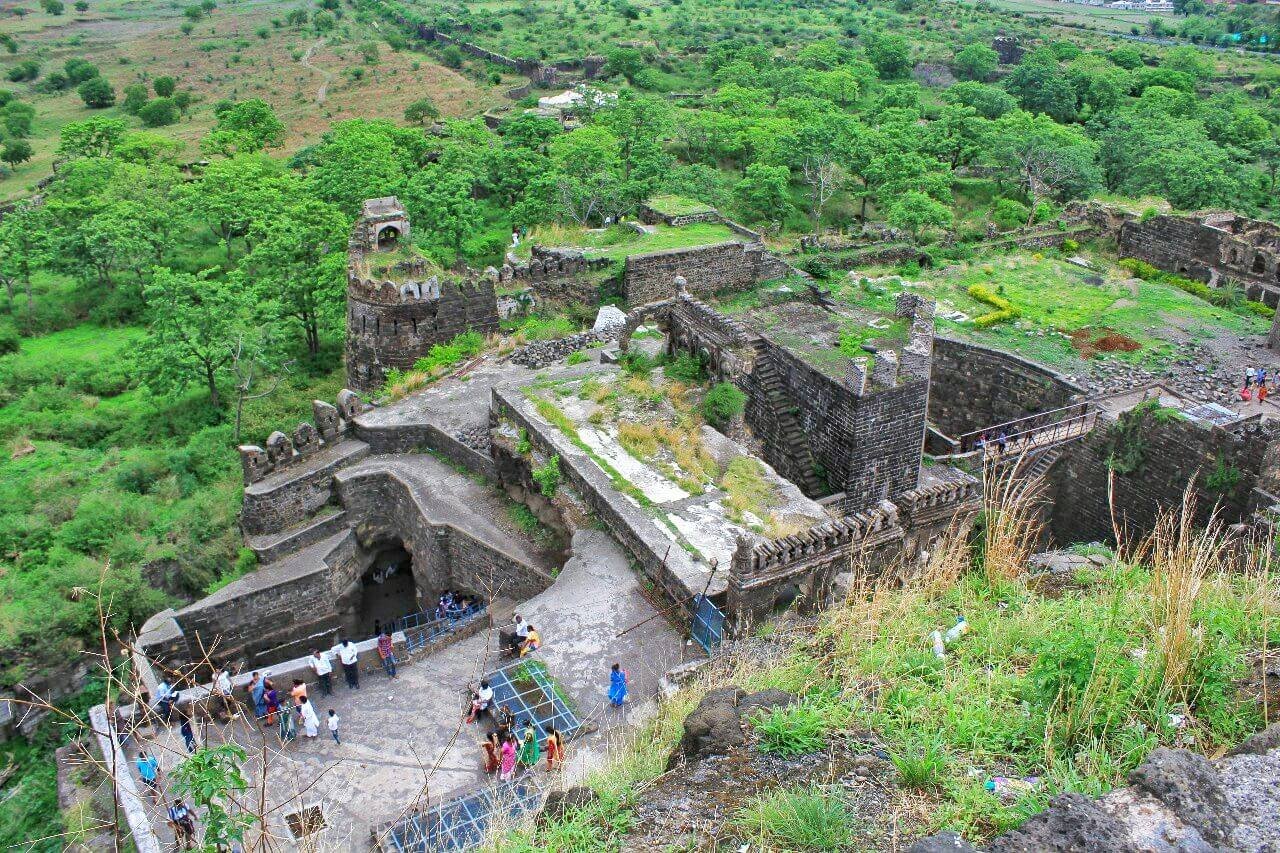
Daulatabad Fort is more than a fortress; it is a story of human ingenuity etched into stone, standing tall as a symbol of timeless strength.


